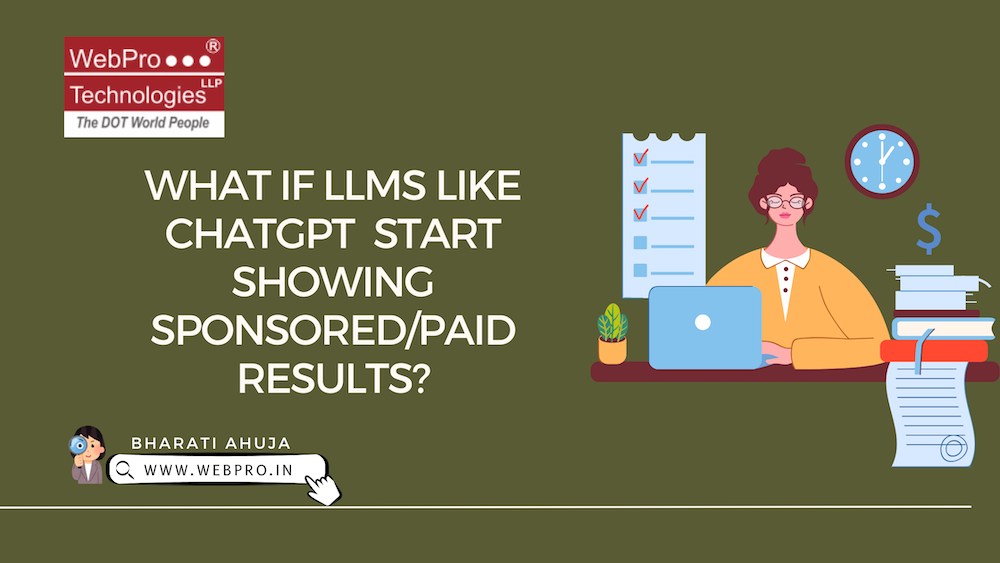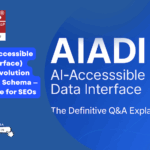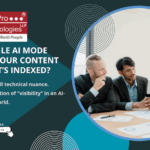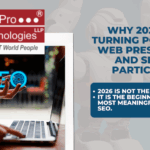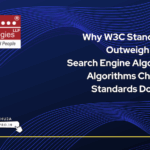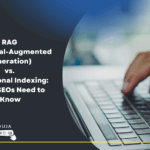The rise of Large Language Models (LLMs) has transformed the digital landscape. Instead of typing keywords into a search bar and scanning through endless links, users can now have direct conversations with AI systems like ChatGPT, Gemini, Claude, LLaMA or Perplexity. These models act less like static tools and more like interactive advisors—answering questions, summarizing complex topics, and even guiding decisions.
But as with every breakthrough technology, one question looms large: how will LLMs be monetized?
While subscription models and enterprise licensing are part of the picture, the most powerful monetization engine in digital history has been advertising. It is not hard to imagine a near future where LLMs begin showing sponsored results inside their conversational outputs.
- How would that change the way we interact with information?
- What would it mean for user trust, for businesses, and for the long-term behavior of users who increasingly depend on AI for decisions?
Let’s explore.
1. From Search Engines to Language Models: A Shift in Power
The old paradigm: Search + Ads
For over two decades, search engines like Google dominated the discovery of information. Organic results and paid ads co-existed, and users learned to distinguish between them. Despite criticism, Google’s ad-driven model became one of the most profitable business engines in history.
The new paradigm: AI as the first point of discovery
Now, LLMs are replacing search for many users. Instead of “search and browse,” we are moving toward “ask and receive.” When an AI assistant answers directly—whether it’s “What’s the best CRM for a nonprofit?” or “Where should I vacation this winter?”—users may never even click a link.
In this paradigm, the insertion of sponsored results changes the dynamics dramatically. The AI is no longer just summarizing—it’s also influencing choices in subtle, contextual ways.
2. User Trust: The Most Fragile Currency
Why trust matters more in LLMs
Unlike search engines where users can cross-check dozens of results, LLMs deliver single-stream answers. This gives them extraordinary influence—but also makes them more vulnerable to erosion of trust if users suspect bias.
If an LLM begins embedding paid recommendations inside its answers, users may struggle to separate neutral insights from commercial influence. For example:
User asks: “What’s the healthiest cooking oil?”
LLM responds: “Olive oil, avocado oil, and coconut oil are popular. [Sponsored: Brand X organic sunflower oil is also an excellent choice].”
Here, the line between information and advertising blurs. Unlike a banner ad or clearly marked Google Ad, the placement sits inside the AI’s conversational tone—making it harder to identify as marketing.
The spectrum of user reactions
• Skepticism and backlash: Some users may feel betrayed and switch to ad-free platforms.
• Adaptation: Others may normalize it, as they did with search ads, influencer sponsorships, and social media promotions.
• Demand for transparency: Savvier users may push for clear labeling (“sponsored,” “partner content”) and controls to exclude promotional responses.
Trust, once lost, is hard to regain. For LLMs, clarity and honesty in disclosures will be the only way to sustain credibility.
3. Lessons from Google’s AI Overviews
Google is already navigating this territory. Its AI Overviews combine search results with AI-generated summaries. Ads have begun to appear within or around these overviews.
The lesson?
• Users value convenience but are quick to criticize when ads dominate.
• Over-commercialization risks backlash, but carefully placed and clearly labeled ads can coexist with AI answers.
• The challenge is balancing monetization with maintaining the perception of neutrality.
LLMs will face the same challenge—only magnified, because their answers feel more personal and authoritative than a list of links.
4. Long-Term Effects on User Behavior
4.1 From browsing to relying
As LLMs become decision-making partners, users will stop opening multiple tabs and instead trust the AI’s short list of options. If those options are influenced by sponsorships, user decisions may skew toward paying brands—whether consciously or unconsciously.
This creates enormous commercial power for LLM platforms but risks shaping consumer behavior in biased and opaque ways.
4.2 Growth of AI literacy
Just as digital literacy became critical in the Google era, AI literacy will be essential now. Users will need to:
• Learn to identify when a response includes sponsorships.
• Develop habits of cross-checking recommendations.
• Ask meta-questions like: “Are any of these results sponsored?”
Over time, skepticism will become a default mindset, especially among professional users who depend on LLMs for high-stakes decisions.
4.3 Segmentation of user groups
We can expect the rise of different classes of users:
• Casual users who accept ads as the cost of free access.
• Premium subscribers who pay to remove ads, much like YouTube Premium or Spotify.
• Professionals and enterprises who license ad-free, private models for critical work.
This segmentation will mirror what we saw in other digital ecosystems but may accelerate faster, given the central role LLMs will play in daily life.
4.4 Trust migration and fragmentation
If major LLM platforms adopt aggressive ad strategies, niche competitors could emerge promising ad-free AI experiences. Just as DuckDuckGo carved a niche against Google with privacy-first search, trust-first LLMs may arise.
This could fragment the market, forcing users to choose between convenience with ads and neutrality without ads.
4.5 Normalization of AI ads
History suggests that users adapt. We accepted Google search ads, Instagram sponsored posts, and influencer partnerships. Over time, sponsored AI results may simply become part of the landscape—especially if they are contextual, useful, and transparent.
The risk lies in the transition period, when users are still building habits and expectations around LLMs. Mishandling this could permanently damage trust.
5. Implications for Businesses and Marketers
If LLMs integrate sponsored results, the digital marketing playbook will evolve:
• AI Ad Optimization: Brands will compete to appear in LLM recommendations, much like they compete for Google Ads or SEO rankings today.
• Prompt-based targeting: Ads may be triggered not by keywords but by user intent expressed in natural language prompts.
• Brand mentions vs. clicks: Success metrics will shift from “website traffic” to “being included in the AI’s trusted answer set.”
• Conversational commerce: LLMs may integrate purchase flows directly, creating seamless “ask + decide + buy” pathways inside the chat.
This will make LLM visibility as critical as SEO is today.
6. Regulatory and Ethical Dimensions
The blending of information and advertising inside LLM responses will attract intense scrutiny. Regulators may demand:
• Clear disclosure of sponsorships.
• Separation of organic vs. paid recommendations.
• User choice over ad personalization.
Ethically, AI companies face questions:
• Should LLMs prioritize relevance or profit in their answers?
• How do we prevent misleading or harmful sponsored content (e.g., health misinformation)?
• Can we ensure a fair playing field where smaller businesses also have visibility?
Failure to address these could lead to public backlash, legal penalties, or loss of market share.
7. Possible Futures of LLM Advertising
We can imagine three broad scenarios:
Scenario 1: The Commercialized AI Ecosystem
Sponsored results become the norm. Users adapt, businesses invest heavily, and ad-driven revenue fuels rapid LLM growth. Trust may erode, but convenience wins out.
Scenario 2: The Trust-First Ecosystem
Some LLMs reject ads altogether, relying on subscriptions or enterprise licensing. These become the go-to platforms for professionals, researchers, and institutions. Ads are confined to consumer-focused assistants.
Scenario 3: The Hybrid Ecosystem
LLMs adopt transparent, clearly labeled, and optional ads. Users can toggle sponsorships on/off, with incentives like discounts or free access. This strikes a balance between revenue and trust.
Points To Ponder On:
If LLMs begin showing sponsored results, it will mark one of the most significant shifts in the history of information systems. Unlike search engines, which offered multiple visible results, LLMs deliver conversational, authoritative answers—making the influence of advertising far more direct.
For users, this raises urgent questions about trust, transparency, and over-reliance. For businesses, it creates unprecedented opportunities to reach people at the exact moment of decision-making. For AI companies, it represents both a goldmine and a minefield—a way to scale revenues, but also a risk to their most valuable asset: user trust.
In the end, the future of LLM advertising depends on one principle: trust is the currency of AI. If platforms protect it, sponsored results can coexist with user confidence. If they sacrifice it for short-term profit, users may abandon them for ad-free alternatives.
The question is not whether LLMs will monetize with ads, but how—and whether we, as users, will accept that tradeoff.
September 9, 2025